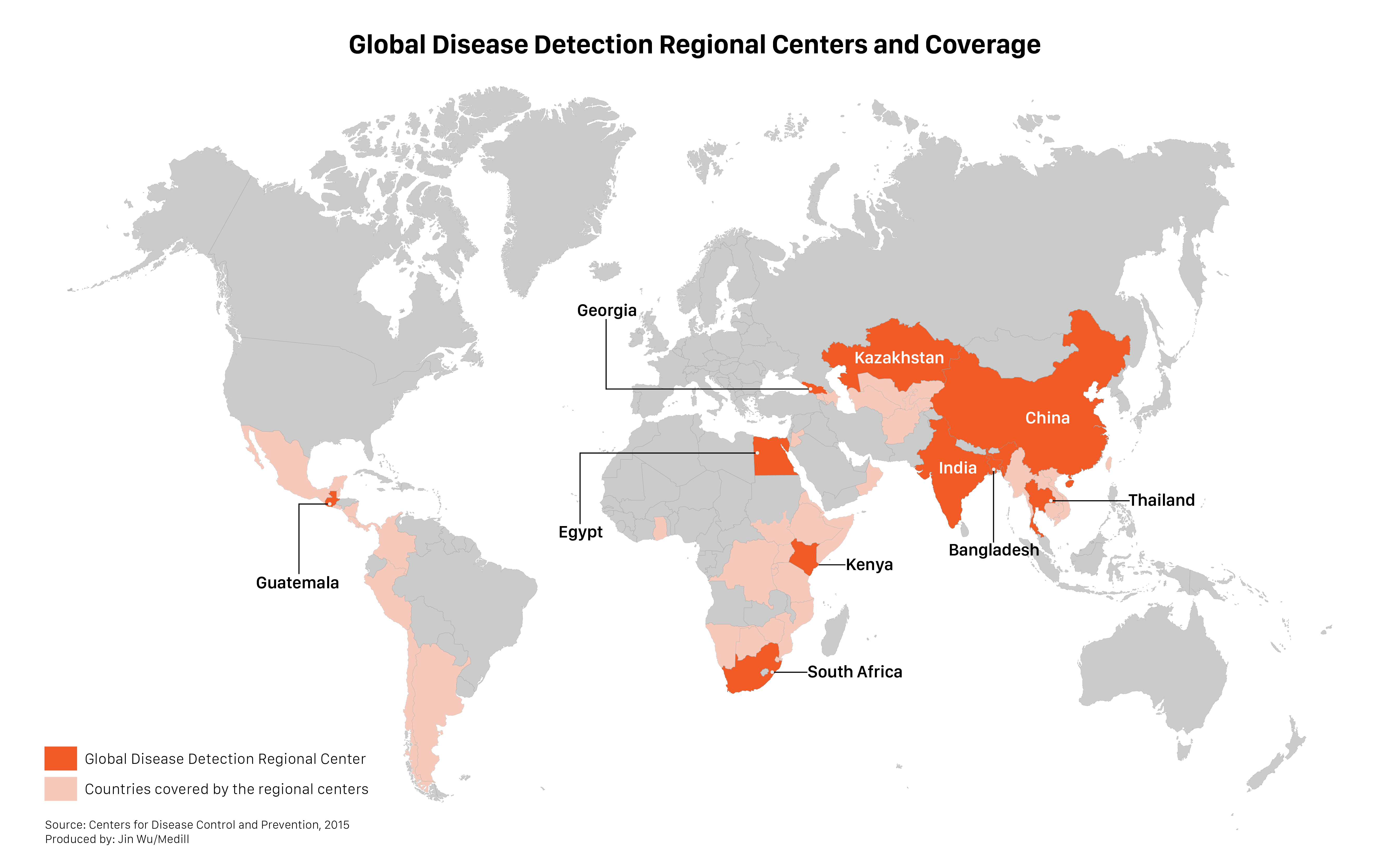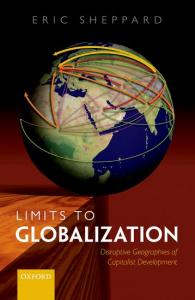

In the future, the global population is expected to increase from 6.9 billion in 2010 to 9.6 billion in 2050, or by 38%. The average annual rate of growth-1.7%-was much higher than in the U.S. From 1950 to 2010, the world population increased from 2.5 billion to 6.9 billion, or by 174%. The projected slowdown in population growth is even sharper in the world overall.

population is only about half the rate of growth experienced in the recent past. Thus, the projected annual rate of growth in the U.S. population had increased from 157.8 million to 312.2 million, a total gain of 98% at an average annual rate of 1.1%. In the six decades from 1950 to 2010, the U.S. population is significantly slower than in the past. The anticipated annual rate of growth in the U.S. 33 For this four-decade period, that is an increase of 28% at an average annual rate of 0.6%. population is projected to increase from 312.2 million in 2010 to 400.9 million in 2050. Thus, the social and economic effects of aging are likely to be felt more acutely in the future. But future prospects for aging have garnered more attention because, unlike in the past, younger populations, those of children and those of middle-age adults, are at near standstill.

and global populations also turned older from 1950 to 2010. However, population growth from 2010 to 2050 is projected to be significantly slower and is expected to tilt strongly to the oldest age groups, both globally and in the U.S.Īging is not exactly news-the U.S. Growth from 1950 to 2010 was rapid-the global population nearly tripled, and the U.S. and the world looks very different than the recent past in key respects.


 0 kommentar(er)
0 kommentar(er)
